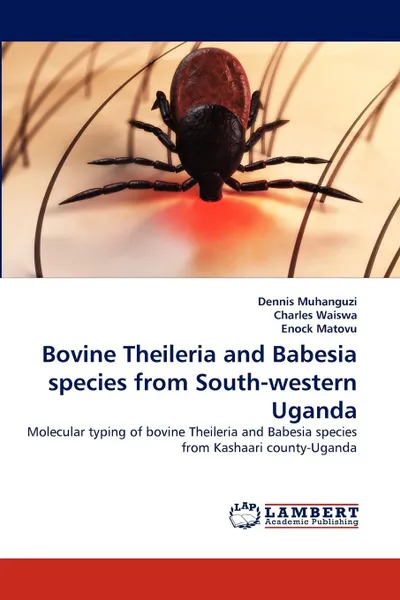Bovine Theileria and Babesia species from South-western Uganda 12+
2011
100 страниц
Категория: Энциклопедии, справочники
ISBN: 9783844324600
Язык: Английский
📓 In this study, six sub-counties of Kashaari County (Uganda) were randomly selected and a total of 363 cattle sampled to test for presence of Theileria and Babesia species (TBs) using reverse line blot assay (RLB). A questionnaire was in addition used to explore cattle farming practices, farmers' understanding of tick control and associated problems in the study area. The prevalence of TBs were found to be 19.8% (CI=95%, 15.7-23.9%) and 0.6% (CI= 95%, -0.2-1.4%) respectively with at least 68% (CI=95%, 63.2-72.8) of the Theileria infected cattle infected with more than one Theileria species. Theileria species detected include; T.parva, T. mutans T.taurotragi, T. vilifera, T.buffeli, T.spp. (sable), T.spp. (buffalo) and T.bicornis at 24% (CI=95%, 19.6-28.4%), 24% (CI=95%, 19.6-28.4%), 14% (CI=95%, 10.4-17.6%), 13.7% (CI=95%, 10.2-17.2%), 12.6% (CI=95%, 9.2-16.0%), 10.4% (CI=95%, 7.26-13.54%), 4.4% (CI=95%, 2.3-6.5%) and 3.8% (CI=95%, 1.8-5.8%) respectively. The prevalences of different TBs among different cattle age groups, breeds, management systems and place (sub county) of origin are discussed.
Мнения
